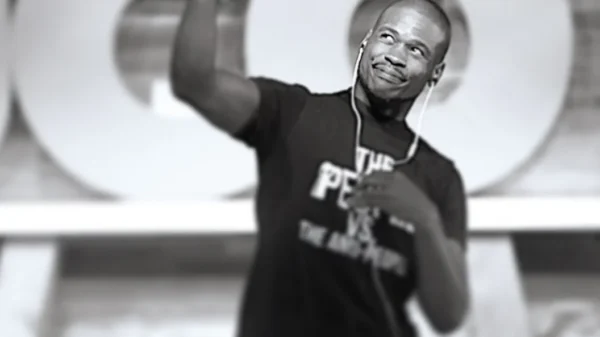The Rise of Streaming
Streaming has revolutionized the way we consume music. Gone are the days of purchasing physical albums or even downloading individual songs. With the advent of streaming platforms like Spotify, Apple Music, and Tidal, music lovers now have access to millions of songs at their fingertips.
Changing Revenue Models
This shift in music consumption has had a profound impact on the revenue models of the music industry. In the past, record labels relied heavily on album sales and digital downloads to generate income. However, with the rise of streaming, the industry has had to adapt to new revenue streams.
Subscription-Based Services
One of the primary revenue sources for the music industry in the streaming era is subscription-based services. Platforms like Spotify and Apple Music offer users the option to pay a monthly fee in exchange for unlimited access to their vast music libraries. These subscription fees are then distributed to artists and record labels based on the number of streams their music receives.
Advertising Revenue
Another significant source of revenue for the music industry is advertising. Many streaming platforms offer free, ad-supported versions of their services. These ads generate revenue for the platforms, which is then shared with artists and record labels. While the revenue per stream from advertising is typically lower than that from subscription fees, it still contributes to the overall income of the industry.
Impact on Artists
The shift to streaming has had both positive and negative impacts on artists. On one hand, streaming has made it easier for independent artists to reach a global audience without the need for a record label. Platforms like SoundCloud and Bandcamp have given artists the tools to distribute their music directly to fans.
However, the revenue generated from live music can be significantly lower than traditional album sales. Artists often receive only a fraction of a cent per stream, making it challenging to earn a living solely from streaming royalties. Many artists now rely on live performances, merchandise sales, and brand partnerships to supplement their income.


































